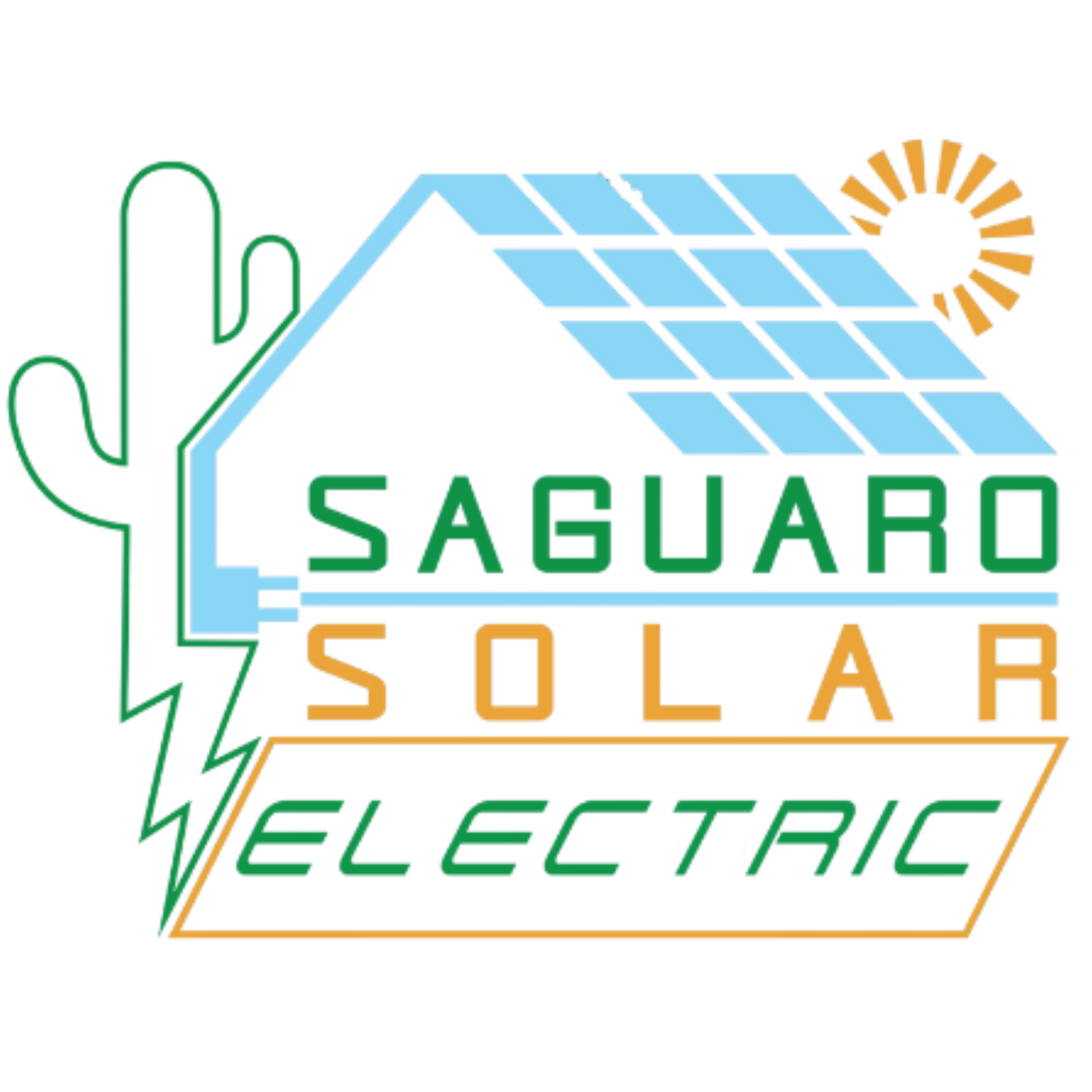Understanding the Basics of Solar Energy
The sun produces a tremendous amount of energy. The solar radiation that reaches the Earth's surface is estimated to be twice as much as will ever be obtained from all of the Earth's non-renewable resources of coal, oil, natural gas, and mined uranium combined.
Fortunately, the sun provides this abundant energy free of charge and without any harmful effects on the environment, making solar energy one of the most beneficial and sustainable forms of energy that humans can use for various purposes. In addition, a variety of solar technologies are available to capture this energy for functional purposes.
This article will give you information regarding the basics of how this solar energy works and how you might want to engage with it.
How Solar Energy Works
Many are familiar with so-called photovoltaic cells, or solar panels, found on things like spacecraft, rooftops, and handheld calculators. The cells are made of semiconductor materials like those found in computer chips. When sunlight knocks electrons loose from their atoms, the electrons flow through the material to produce electricity. This process of converting light (photons) to electricity (voltage) is called the photovoltaic (PV) effect.
However, solar energy can work in two different ways: solar thermal and solar photovoltaic. Solar thermal systems heat water for your home or office using heat from the sun, while solar photovoltaic systems generate electricity from sunlight. Both systems use panels made up of many cells containing a material that converts light into energy, but each type works differently.
Solar Thermal Systems
There are several different types of solar thermal systems. Still, they all work the same way: Sunshine heats a liquid inside the system's collectors, which resemble large skylights. Then, the warmed liquid is pumped through a closed-loop plumbing system, where it transfers its heat to water stored in a tank for later use or directly to your home's domestic hot water system for immediate use.
Solar Photovoltaic Systems
The primary mechanism of photovoltaic cells involves the absorption of light by semiconductors, releasing electrons. These electrons flow through an external circuit to produce electricity. The electrical current is generated directly from the absorbed photons, so PV systems do not require a heat engine or moving parts.
Solar photovoltaic systems are typically defined as one or more panels made up of photovoltaic cells that convert sunlight into electricity. PV cells are made from semiconductor materials such as silicon, gallium arsenide, and copper indium selenide/sulfide layers. When light strikes the cell, electrical charges within the cell move toward opposite polarities on either side of the cell and generate a voltage difference or electric potential.
The Economics of Solar Energy
The cost of power from solar cells has dropped by more than 70% in the last decade alone. The price of residential photovoltaic systems has fallen from upwards of $50,000 in 2002 to under $18,000 in 2022. These numbers are set to continue to improve as climate change and associated regulations push solar energy into the forefront of the North American energy market.
Additionally, federal and state investments in renewable energy have resulted in substantial subsidies and aid programs. For example, the Arizona Solar Renewable Energy Credit (SREC) program grants financial awards to property owners who invest in solar energy solutions.
It's also important to keep in mind the benefits of solar energy are particularly evident in warmer and drier regions that see a lot of sunshine and little overcast – Central California, Texas, and Arizona, solar energy installations are especially financially sound investments.
The Solar Export Rate
Another key concept underlying the economic advantages of conversion to solar energy is the Solar Export Rate (SER), a metric that tracks the amount of energy solar-powered households send back into the energy grid during periods of excess. Many energy companies and state and county governments offer one-to-one compensation to homes that feed energy back into the grid, providing an additional income stream that factors into the Return of Investment calculations of households interested in converting towards solar energy.
How To Switch to Solar Energy
Making the switch to solar energy is a big decision that can save you a lot of money in the long run. Solar energy is a clean and renewable resource that can help you save on your energy bill and do your part to reduce your carbon footprint. If you're thinking about making the switch to solar, here are a few things you need to know.
There are a few different ways to switch to solar energy. For example, you can purchase solar panels and have them installed on your home or lease solar panels from a company. You can also sign up for a solar community program, which allows you to receive solar power from a central location.
Solar panels have fallen dramatically in recent years, making it a more affordable option for many homeowners. However, the upfront cost of solar can still be a barrier for some people. However, several financing options are available to help make solar more affordable.
When you switch to solar, you'll produce your electricity and no longer rely on the grid. Plus, solar panels also require little maintenance, so you won't have to worry about them once they're installed.
Making the switch to solar is a big decision, but it can save you money and help the environment. If you're ready to make the switch, contact Saguaro Solar. Our professional installation team will work with you to find the best solar solution for your home. Saguaro Solar is a full-service solar company, meaning we can help you with every step of the solar process from start to finish. Contact us today to learn more about solar energy and how we can help you switch to solar.
